![Rowe, Keith / Michael Pisaro-Liu: 13 Thirteen [2 CDs] (erstwhile) Rowe, Keith / Michael Pisaro-Liu: 13 Thirteen [2 CDs] (erstwhile)](https://www.teuthida.com/productImages/misc4/24300.jpg)
A collaboration between composer Michael Pisaro-Liu and AMM guitarist/improviser Keith Rowe, with each bringing scores which they improvised over, creating 13 discrete sections including samples from Shostakovich's 13th String Quartet, balancing activity, space and silence in patient ways that only two such experienced composer/improvisers could.
Out of Stock
Quantity in Basket: None
Log In to use our Wish List
Shipping Weight: 8.00 units
Sample The Album:
Keith Rowe-guitar
Michael Pisaro-Liu-Liu-guitar
Click an artist name above to see in-stock items for that artist.
Label: erstwhile
Catalog ID: 085-2
Squidco Product Code: 24300
Format: CD
Condition: New
Released: 2017
Country: USA
Packaging: Digipack - 3 panel
Recorded in Nantes, France, in May, 2016, by Julien Ottavi.
"On this two-and-a-half hour, semi-improvised opus, the two guitarists and composers approach finely wrought detail and vast empty space in ways that can warp one's perception of time itself.
The first recorded collaboration between veteran guitarists Keith Rowe and Michael Pisaro-Liu is dauntingly ambitious. Before making a note of music, the pair decided 13 Thirteen would last 140 minutes. They each separately wrote and recorded scores, then improvised together along with those pre-recorded elements. Pisaro's score includes four samples from Shostakovich's 13th String Quartet, each occurring three times in 10-minute intervals, and the composition is divided into 13 discrete sections. As if to emphasize their ambition, Rowe calls his own score "Fate" and his half of the improvisation "Life" (a reference to Russian author Vasily Grossman's novel Life and Fate).
Absorbing those concepts along with nearly two-and-a-half hours of music might seem like a formidable task. But as a listening experience, 13 Thirteen is far from intimidating. There is a lot of space and near-silence here; that's often the case with the kind of music that Rowe and Pisaro each make and that Erstwhile frequently releases. But 13 Thirteen also offers plenty of warmth and detail. Even when they get busy or loud, the sounds the two musicians make are patient and resonant. Once your ears acclimate to their long-form approach, the vibration of a single guitar string can sound both welcoming and monumental.
The momentousness of Rowe's playing comes from a long career of study and practice. The English-born 77-year-old, known best for his work with pioneering British group AMM, has heard and made so much music that every improvised sound he creates-usually with tabletop guitar and electronics-is informed by layers of history. Pisaro brings a lot to the equation too, as a prolific player, collaborator, composer (he has written over 80 scores, many published by Germany's Edition Wandelweiser), and professor currently teaching at California Institute of the Arts.
All of this combined experience is clear on 13 Thirteen, especially in the way each sound fits into an evolving narrative. Every choice is distinct and measured, giving the listener ample time to contemplate it and connect it with what came before. Rowe and Pisaro are like tour guides for their own sonic worldviews, never rushing you but also never lingering too long. That might sound facetious, given how lengthy and sparse 13 Thirteen is, but focused attention reveals that even the most gradual sections continually move forward.
Despite the album's weighty classical influences, you don't need much prior knowledge to track the piece's recurring motifs. The way the string samples, guitar plucks and strums, and Rowe's harsher, metallic sounds periodically surface gives 13 Thirteen the feel of wordless verse, filled with subtle rhymes and complex rhythms. This effect is aided by the intense clarity of the recording. Even the softest sounds are sharp and detailed, making everything refreshingly concrete and life-like, especially for music that could be called abstract.
As Rowe and Pisaro's motifs build, 13 Thirteen becomes physically and emotionally affecting, and in the right frame of mind, it can slow you down, warping and even dissolving your internal clock. More subtly, 13 Thirteen will likely stretch your understanding of improvisation. Free-form music often toggles between bracingly abrupt moments and placid stretches where players spin wheels before regaining momentum. But Rowe and Pisaro find a middle path where all sounds are surprising yet none are shocking. Following their interplay is like taking a meditative roller coaster ride. By working their craft in such a thoughtful, considered manner, Rowe and Pisaro open up space, both within their music and within anyone who chooses to listen."-Marc Masters, Pitchfork Media
Get additional information at Pitchfork Media
Artist Biographies
• Show Bio for Keith Rowe "tabletop guitarist and painter. Rowe is a founding member of both the influential AMM in the mid-1960s (though in 2004 he quit that group for the second time) and M.I.M.E.O. Having trained as a visual artist, Rowe's paintings have been featured on most of his own albums. After years of obscurity, Rowe has achieved a level of relative notoriety, and since the late 1990s has kept up a busy recording and touring schedule. He is seen as a godfather of EAI (electroacoustic improvisation), with many of his recent recordings having been released by Erstwhile Records. Rowe began his career playing jazz in the early 1960s-notably with Mike Westbrook and Lou Gare. His early influences were guitarists like Wes Montgomery, Charlie Christian and Barney Kessel. Eventually, however, Rowe grew tired of what he considered the form's limitations. Rowe began experimenting, slowly and gradually. An important step was a New Year's resolution to stop tuning his guitar-much to Westbrook's displeasure. Rowe gradually expanded into free jazz and free improvisation, eventually abandoning conventional guitar technique. This change in his approach to guitar, Rowe reports, was partly inspired by a teacher in one of his painting courses who told him, "Rowe, you cannot paint a Caravaggio. Only Caravaggio can paint Caravaggio." Rowe reports that after considering this idea from a musical perspective, "trying to play guitar like Jim Hall seemed quite wrong." For several years Rowe contemplated how to reinvent his approach to the guitar, again finding inspiration in visual art, namely, American painter Jackson Pollock, who abandoned traditional painting methods to forge his own style. "How could I abandon the technique? Lay the guitar flat!" Rowe developed various prepared guitar techniques: placing the guitar flat on a table and manipulating the strings, body and pick-ups in unorthodox ways to produce sounds described as dark, brooding, compelling, expansive and alien. He has been known to employ objects such as a library card, rubber eraser, springs, hand-held electric fans, alligator clips, and common office supplies in playing the guitar. A January 1997 feature in Guitar Player magazine described a Rowe performance as "resemble a surgeon operating on a patient." Rowe sometimes incorporates live radio broadcasts into his performances, including shortwave radio and number stations (the guitar's pick-ups will also pick up radio signals, and broadcast them through the amplifier). AMM percussionist Eddie Prévost reports that Rowe has "an uncanny touch on the wireless switch", able to find radio broadcasts which seem to blend ideally with, or offer startling commentary on, the music. (Prévost, 18). On AMMMusic, towards the end of the cacophonous "Ailantus Glandolusa", a speaker announces via radio that "We cannot preserve the normal music." Prevost writes that during an AMM performance in Istanbul, Rowe located and integrated a radio broadcast of "the pious intonation of a male Turkish voice. AMM of course, had absolutely no idea what the material was. Later, it was complimented upon the judicious way that verses from The Koran had been introduced into the performance, and the respectful way they had been treated!" In reviewing World Turned Upside Down, critic Dan Hill writes, "Rowe has tuned his shortwave radio to some dramatically exotic gameshow and human voices spatter the mix, though at such low volume, they're unintelligible and abstracted. Rowe never overplays this device, a clear temptation with such a seductive technology - the awesome possibility of sonically reaching out across a world of voices requires experienced hands to avoid simple but ultimately short-term pleasure. This he does masterfully, mixing in random operatics and chance encounters with talkshow hosts to anchor the sound in humanity, amidst the abstraction." " Some accounts report that Rowe's guitar technique was an influence on Pink Floyd founder Syd Barrett: "Taking his cues from experimental guitarist Keith Rowe of AMM, Barrett strived to push his music farther and farther out into the zone of complete abstraction." Rowe has worked together with numerous composers and musicians, including Cornelius Cardew, Christian Wolff, Howard Skempton, Jeffrey Morgan, John Tilbury, Evan Parker, Taku Sugimoto, Otomo Yoshihide, Sachiko M, Oren Ambarchi, Christian Fennesz, Burkhard Beins, Kurt Liedwart, Toshimaru Nakamura, David Sylvian and Peter Rehberg. ^ Hide Bio for Keith Rowe
10/30/2024
Have a better biography or biography source? Please Contact Us so that we can update this biography.
Track Listing:
CD1
1. (1:12:05) 1:12:05
CD2
1. (1:08:05) 1:08:05
erstwhile
Improvised Music
Electro-Acoustic
Electro-Acoustic Improv
Compositional Forms
Duo Recordings
Keith Rowe
lowercase, micro-improv, sound improv
Search for other titles on the label:
erstwhile.


![Rowe, Keith / Michael Pisaro-Liu: 13 Thirteen [2 CDs] (erstwhile) Rowe, Keith / Michael Pisaro-Liu: 13 Thirteen [2 CDs] (erstwhile)](https://www.teuthida.com/productImages/full/24300.Full.jpg)
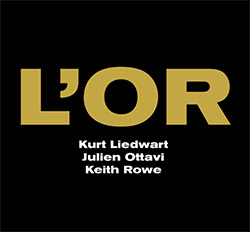



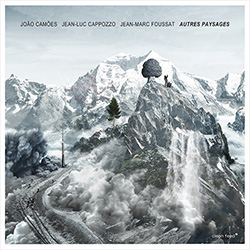




















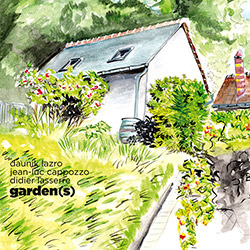








![Musicworks Magazine: #149 Fall 2024 [MAGAZINE + CD]](https://www.teuthida.com/productImages/misc4/35470.jpg)

![Nevai, Nandor: <<The PRICE of FRONTIER>> Book 1: FULK [BOOK + 4 CDs]](https://www.teuthida.com/productImages/misc4/35464.jpg)
![Nevai, Nandor: <<The PRICE of FRONTIER>> Book 2: MARTIAL [BOOK + 4 CDs]](https://www.teuthida.com/productImages/misc4/35465.jpg)
![Nevai, Nandor: <<The PRICE of FRONTIER>> Book 3: JASSOM [BOOK + 4 CDs]](https://www.teuthida.com/productImages/misc4/35466.jpg)
![Nevai, Nandor: <<The PRICE of FRONTIER>> Book 4: HARD-WON [BOOK + 4 CDs]](https://www.teuthida.com/productImages/misc4/35467.jpg)



![Elephant9 with Terje Rypdal: Catching Fire [VINYL 2 LPs]](https://www.teuthida.com/productImages/misc4/35355.jpg)
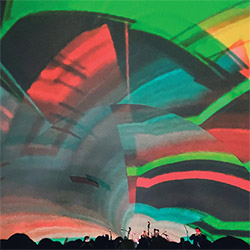
![Mazurek, Rob & Exploding Star Orchestra: Live at Adler Planetarium [VINYL]](https://www.teuthida.com/productImages/misc4/35233.jpg)
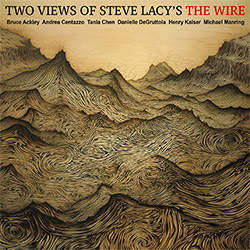
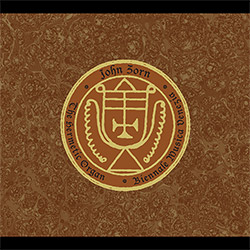
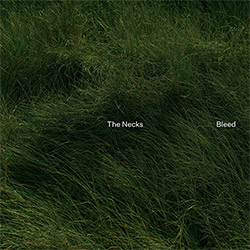
![Necks, The: Bleed [VINYL BLACK]](https://www.teuthida.com/productImages/misc4/35250.jpg)
![Necks, The: Bleed [VINYL GREEN + DOWNLOAD]](https://www.teuthida.com/productImages/misc4/35251.jpg)
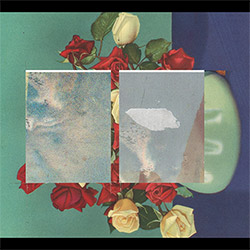



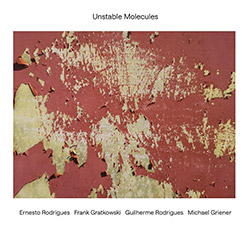
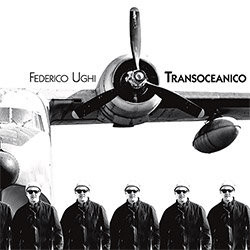
![Attias, Michael (Attias / Leibson / Pavolka / Ferber / Hoffman): Quartet Music Vol. I: LuMiSong [VINYL]](https://www.teuthida.com/productImages/misc4/34878.jpg)
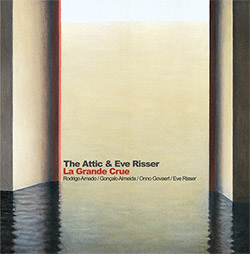
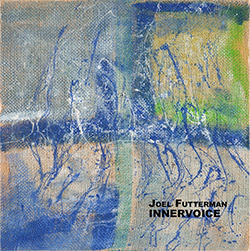

![Cunningham, Alex / Eli Wallace : The Terrible Habit Of Theatre [VINYL]](https://www.teuthida.com/productImages/misc4/35351.jpg)
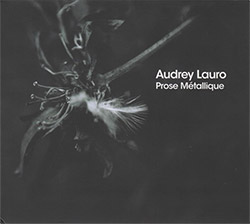
![Hoffman, Christopher (feat. Henry Threadgill / Anna Webber): Vision Is The Identity [VINYL]](https://www.teuthida.com/productImages/misc4/34877.jpg)

![Gregg, J.J. / Pavan Kanekal: Ease & Flow [CD + DOWNLOAD]](https://www.teuthida.com/productImages/misc4/35335.jpg)
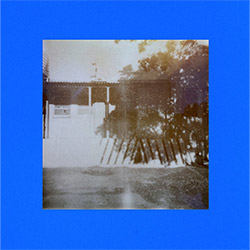
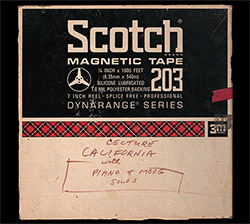
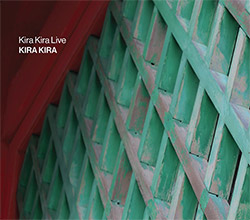
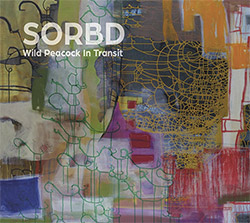
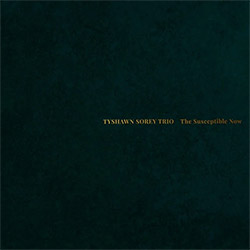



![DNS: Taking Big Bites Of The Khandas Three Cafes Deep [2 CDs]](https://www.teuthida.com/productImages/misc4/35334.jpg)




![Cleaver, Gerald: The Process [VINYL]](https://www.teuthida.com/productImages/misc4/34966.jpg)




![Alva Noto: HYbr:ID II [VINYL 2 LPs]](https://www.teuthida.com/productImages/misc4/35201.jpg)

![Baron, Derek / Luke Martin: Distinct and Concealed [CASSETTE + DOWNLOAD]](https://www.teuthida.com/productImages/misc4/35079.jpg)

![Lyle, Erica Dawn : Colonial Motels [CASSETTE + DOWNLOAD]](https://www.teuthida.com/productImages/misc4/35080.jpg)







![Alva Noto: HYbr:ID III [VINYL 2 LPs]](https://www.teuthida.com/productImages/misc4/35011.jpg)
![Kubisch, Christina / Trondheim Voices: Stromsanger 2022 For Six Voices And Electromagnetic Waves [VINYL]](https://www.teuthida.com/productImages/misc4/34628.jpg)
![Ristic, Manja / Joana Guerra / Veronica Cerrotta: Slani pejzazi [CASSETTE + DOWNLOAD]](https://www.teuthida.com/productImages/misc4/34928.jpg)
![Euro Herc: Segnali [CASSETTE + DOWNLOAD]](https://www.teuthida.com/productImages/misc4/34929.jpg)







![Zurria, Manuel: Fame di Vento [3 CDs]](https://www.teuthida.com/productImages/misc4/35167.jpg)

![Granberg, Magnus / Nattens Inbrott / Skogen: Holde Traume, Kehret Wieder! [2 CDs]](https://www.teuthida.com/productImages/misc4/35038.jpg)
![Frey, Jurg: Outermost Melodie [2 CDs]](https://www.teuthida.com/productImages/misc4/35039.jpg)

![Pavone, Jessica: Reverse Bloom [VINYL]](https://www.teuthida.com/productImages/misc4/34895.jpg)




![Modney (Modney / Wooley / Gentile / Roberts / Pluta / Symthe / ...): Ascending Primes [2 CDs]](https://www.teuthida.com/productImages/misc4/34852.jpg)






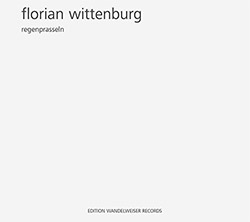

![Kirschner, Kenneth / Joseph Branciforte: From the Machine: Volume 1 [VINYL]](https://www.teuthida.com/productImages/misc4/30767.jpg)
![Golub, Phillip: Filters [VINYL + DOWNLOAD]](https://www.teuthida.com/productImages/misc4/32379.jpg)


![Deerlady (Obomsawin, Mali / Magdalena Abrego): Greatest Hits [VINYL]](https://www.teuthida.com/productImages/misc4/34876.jpg)




![Haino, Keiji: Black Blues [2 CDs]](https://www.teuthida.com/productImages/misc4/35109.jpg)



![Surplus 1980: Illusion of Consistency [CD]](https://www.teuthida.com/productImages/misc4/35069.jpg)
![Staiano, Moe: Away Towards the Light [VINYL + DOWNLOAD]](https://www.teuthida.com/productImages/misc4/35037.jpg)
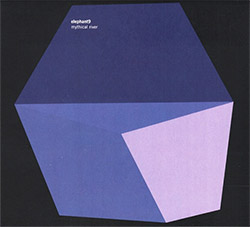



![Caveira (Gomes / Sousa / Abras / Ferrandini): Ficar Vivo [VINYL]](https://www.teuthida.com/productImages/misc4/34643.jpg)
![Gregg, J. J. / David Van Auken: Lunar Prairie [CD w/ DOWNLOAD]](https://www.teuthida.com/productImages/misc4/34611.jpg)

![Coultrain: Mundus [VINYL]](https://www.teuthida.com/productImages/misc4/32439.jpg)
![Mattin: Songbook #6 [VINYL]](https://www.teuthida.com/productImages/misc4/27317.jpg)
![Punkappella: Wake Up [7-inch VINYL]](https://www.teuthida.com/productImages/misc4/17519.jpg)
![Residents, The: WARNING: UNiNC.: Live And Experimental Recordings 1971-1972 [VINYL 2 LPs]](https://www.teuthida.com/productImages/misc4/31521.jpg)
![Coultrain: Phantasmagoria [VINYL]](https://www.teuthida.com/productImages/misc4/30142.jpg)
![Lennon, Sean Ono: Asterisms [VINYL]](https://www.teuthida.com/productImages/misc4/34517.jpg)

![Rotem Geffen: The Night Is The Night [VINYL]](https://www.teuthida.com/productImages/misc4/34631.jpg)

![Coley, Byron: Dating Tips for Touring Bands [VINYL]](https://www.teuthida.com/productImages/misc4/17906.jpg)

![Lost Kisses: My Life is Sad & Funny [DVD]](https://www.teuthida.com/productImages/misc4/lostKissesDVD.jpg)